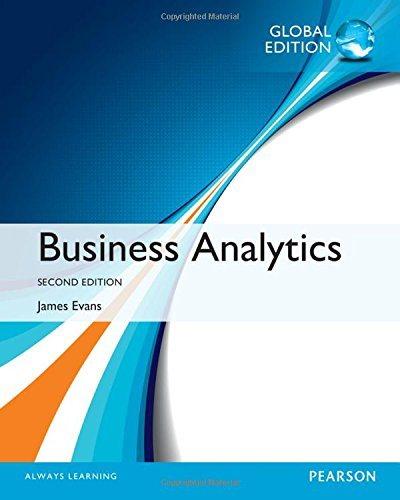Jason Wright is a part-time business student who would like to optimize his financial decisions. Currently, he
Question:
Jason Wright is a part-time business student who would like to optimize his financial decisions. Currently, he has $16,000 in his savings account. Based on an analysis of his take-home pay, expected bonuses, and anticipated tax refund, he has estimated his income for each month over the next year. In addition, he has estimated his monthly expenses, which vary because of scheduled payments for insurance, utilities, tuition and books, and so on. The following table summarizes his estimates:
Month Income Expenses 1. January $3,400 $3,360 2. February $3,400 $2,900 3. March $3,400 $6,600 4. April $9,500 $2,750 5. May $3,400 $2,800 6. June $5,000 $6,800 7. July $4,600 $3,200 8. August $3,400 $3,600 9. September $3,400 $6,550 10. October $3,400 $2,800 11. November $3,400 $2,900 12. December $5,000 $6,650 Jason has identified several short-term investment opportunities:
• a 3-month CD yielding 0.60% at maturity • a 6-month CD yielding 1.42% at maturity • an 11-month CD yielding 3.08% at maturity • a savings account yielding 0.0375% per month To ensure enough cash for emergencies, he would like to maintain at least $2,000 in the savings account.
Jason’s objective is to maximize his cash balance at the end of the year. Develop a linear optimization model to find the best investment strategy.
Step by Step Answer:






